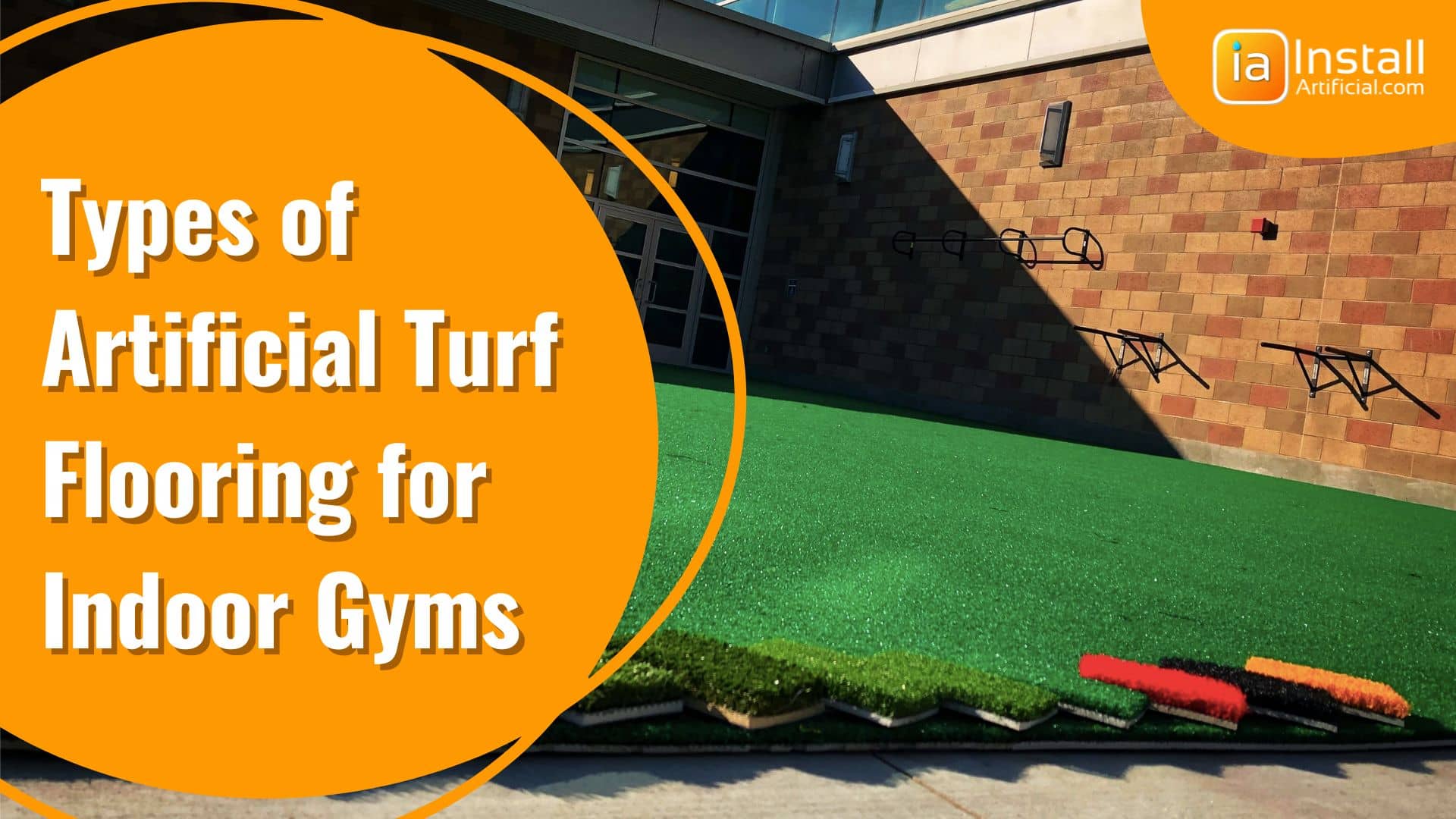
When it comes to creating a top-notch gym, choosing the right flooring is crucial. With so many sports turf options available, it can be overwhelming to decide. Avoid...
Artificial grass is perfect for recreation and workouts. Whether you're looking for a space to pull sleds, do cardio, weight lift, or even create an outdoor sports field artificial turf provides a clean and durable surface. Keep reading to learn about the different types of padding layers available to create a safe space for all to enjoy!
Artificial grass is a great flooring alternative when working out, as it provides much more shock absorption than tile, wood, or concrete. Sports turf also has the added benefits of being easy to install over hard surfaces, having little maintenance needs, and being environmentally friendly.
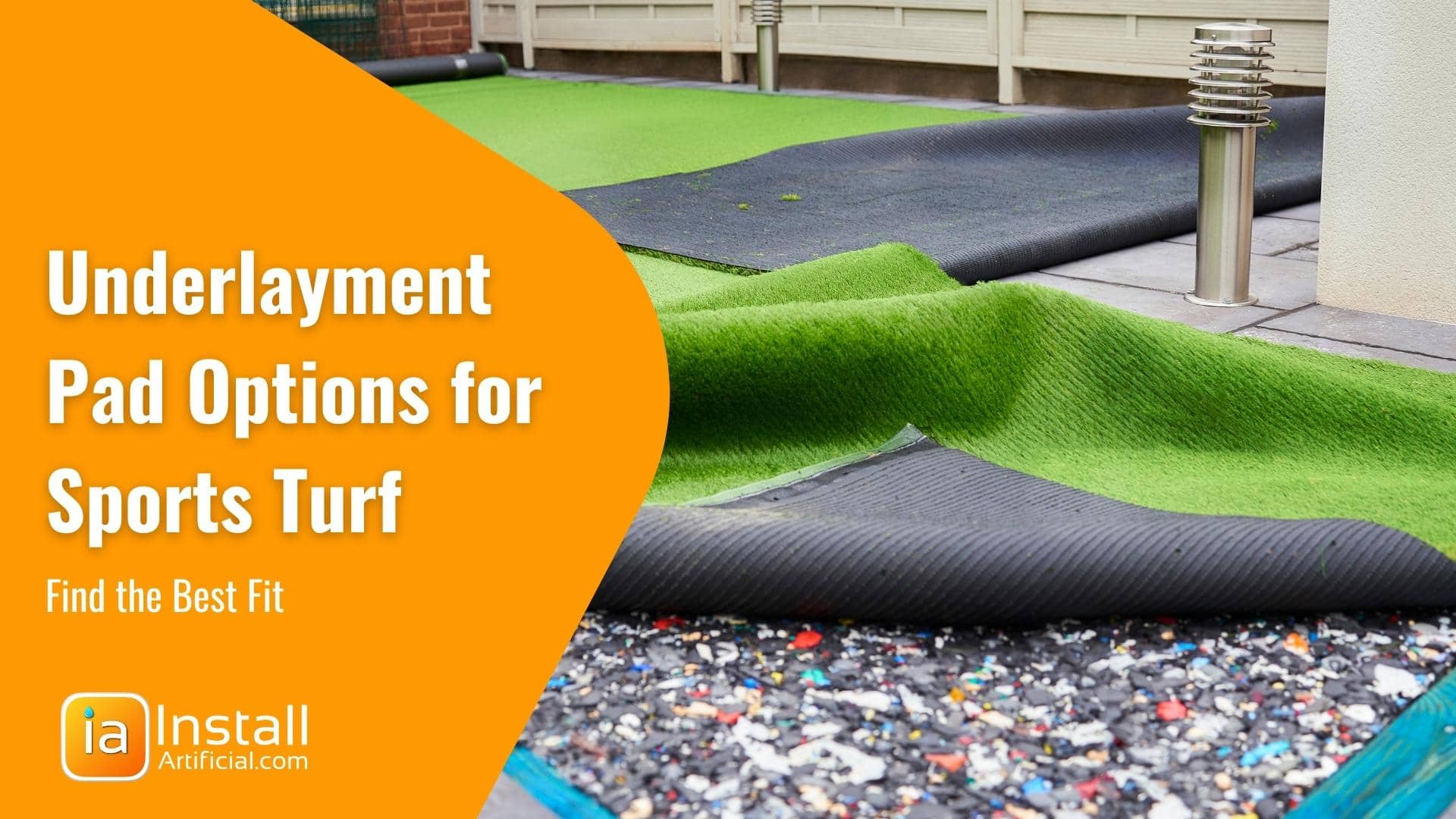
When wondering what to put under sports turf to make it safer, the answer is a shock pad. A shock pad is a separate elastomeric layer made of foam, rubber, or polypropylene beads that are fused together with strong adhesives. These shock pads are used as sports turf underlayment to create a more cushioned and shock-absorbent surface for workouts, playgrounds, and sports fields.
Adding sports turf with a padded underlayment to your synthetic turf systems will help protect your joints during high-impact workouts. We also recommend padded sports turf when there's lateral movement. Ex: field drills, cardio, agility training, or sports. Essentially any time there's the possibility of an athlete falling. These pads are ideal for shock attenuation. In certain cases, a layer of padding may be required to meet ASTM standards.
Because heavy foot traffic or play can shift infill around, turf used for workouts and sports will experience wear and tear at a much higher rate than regular lawns. Over time the infill movement along a turf surface can create hard spots on the surface. Adding a layer of turf padding underneath the sports turf can help alleviate this problem and provides you with more protection during activity.
When shopping for sports turf, you'll find that there are options that have a 5mm pad built-in. This is a foam layer attached directly to the turf material that offers ease of installation. This option is perfect for adding a bit more cushion to the surface. Sports turf with built-in padding is ideal for batting cages, weightlifting, sled workouts, and other recreation. This type of padding is also great for indoor sports turf because it won't add much height.
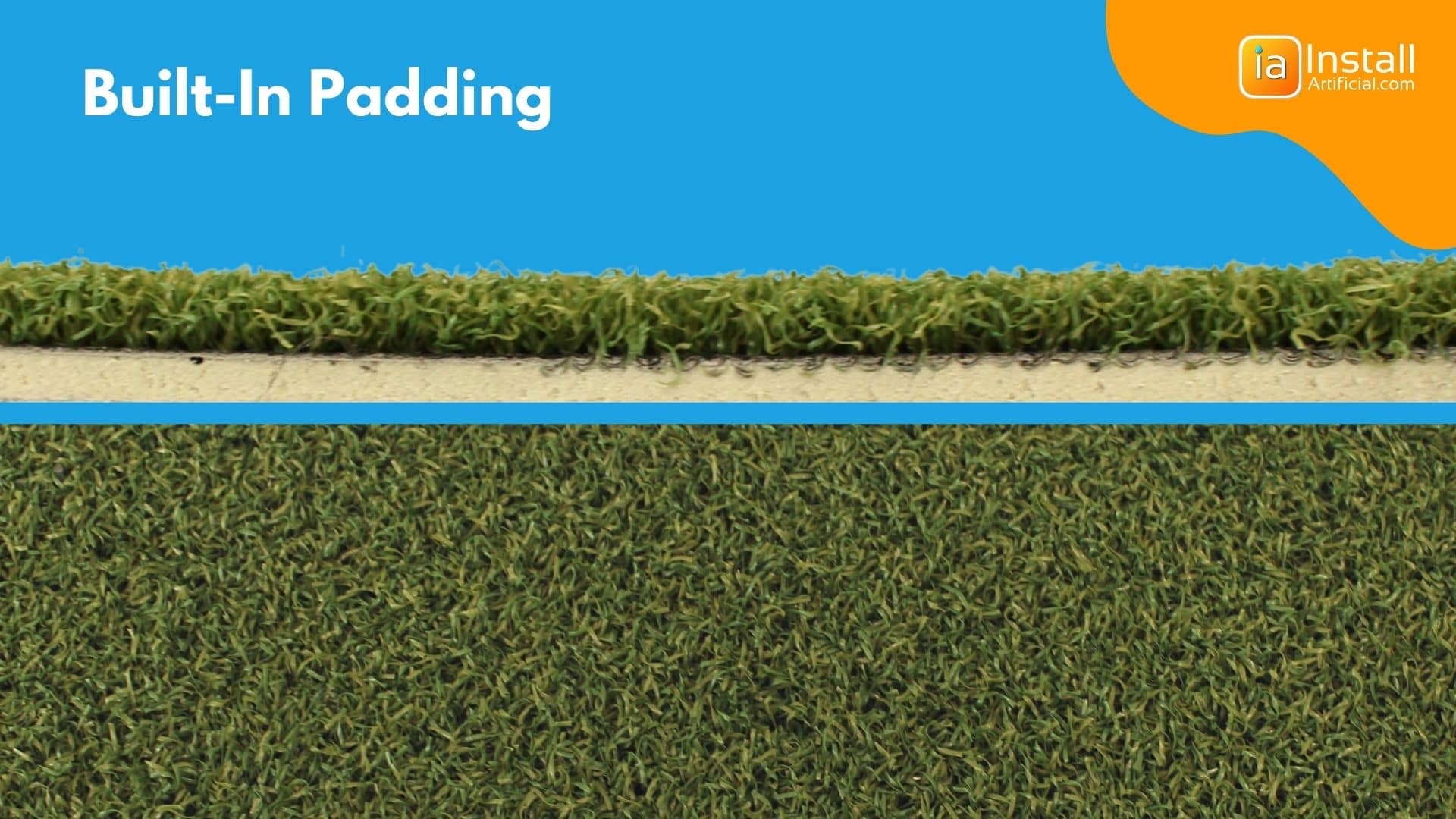
This type of shock pad is often called a "Brock" pad, named after the industry-leading brand. This padding system consists of multiple small polypropylene beads that are molded and fused together under pressure into different designs. They're manufactured in panels that can then be fitted together on site. Brock pad is the most common shock pad for sports fields because it provides comfort, safety, and high performance for players.
.jpg?width=1920&name=Beaded%20Sports%20Turf%20Pad%20(Brockpad).jpg)
These pads guarantee uniformity in terms of thickness and density. Foam padding has been used in turf installation for decades and has proven performance. Foam underlayment padding is affordable, easy to manufacture, and can be monolithic (requiring no seaming). Also a great option for young children or play areas.
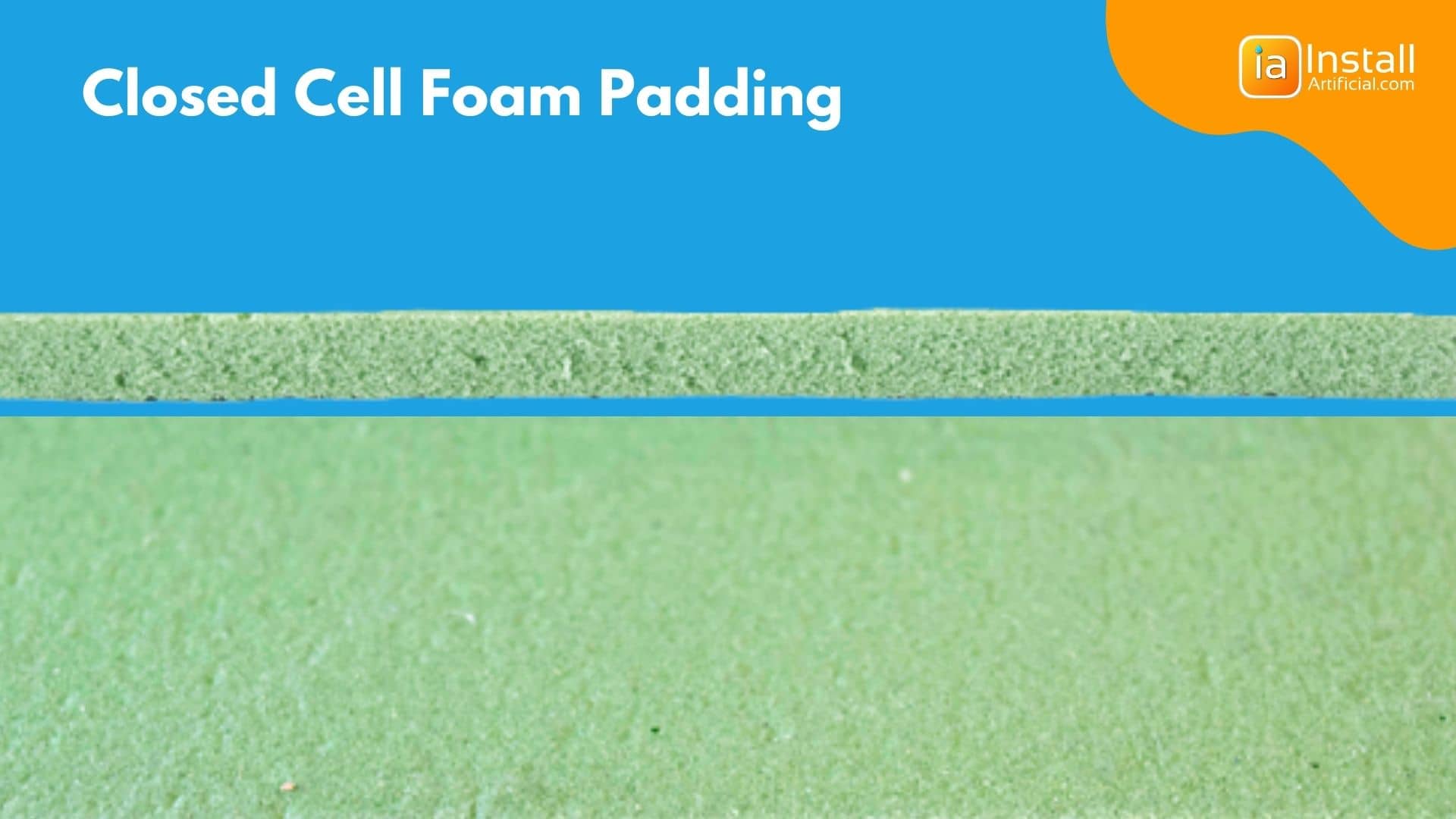
Underlayment pads made of rubber crumbs have been used and proven for decades. They're a heavy option that provides superior durability. As an added bonus, rubber padding can be used for more than one lifecycle of turf. Mostly used for indoor gyms.
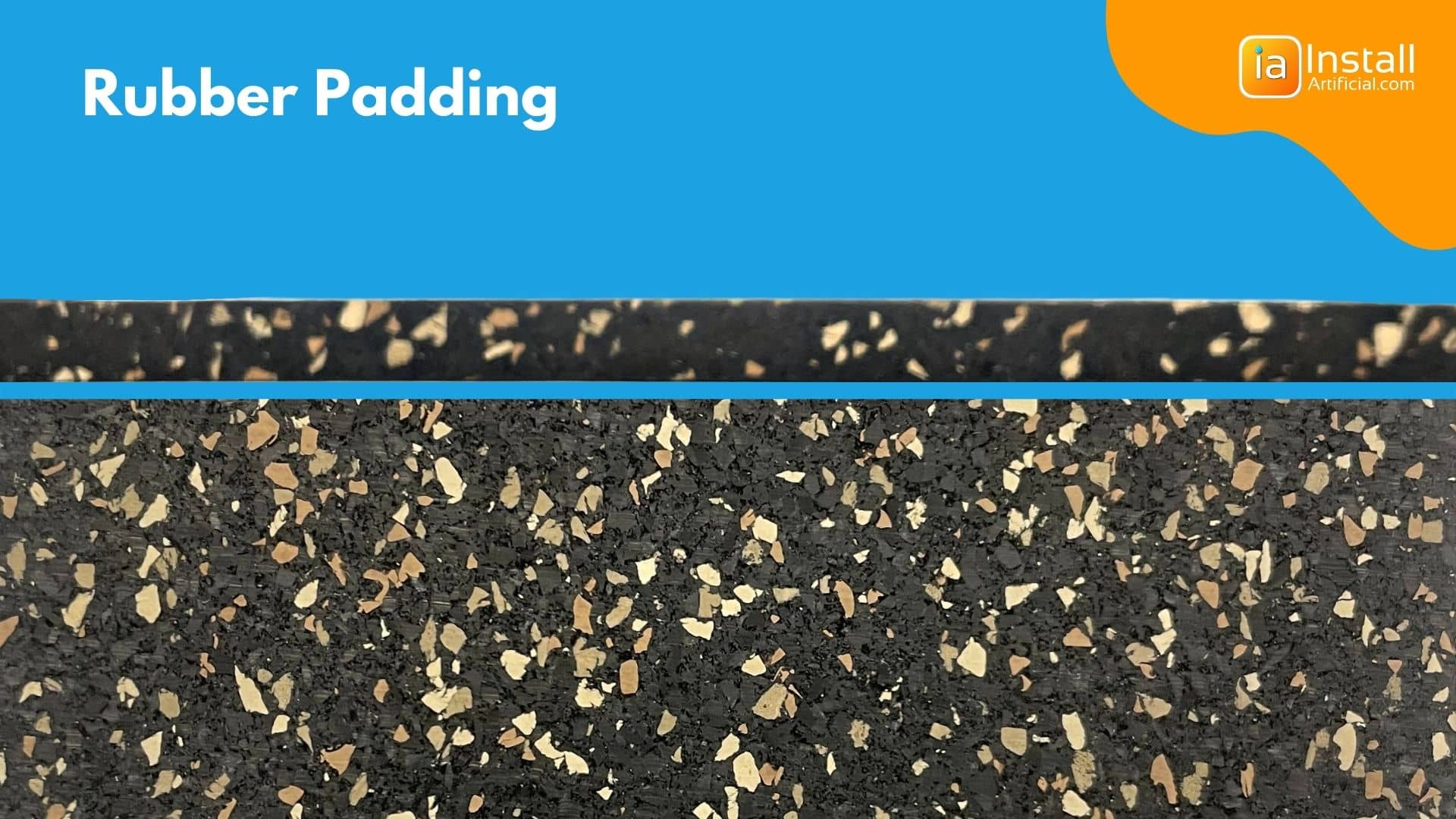
This type of padding system is made of recycled materials that are compacted together and available in 0.75“, 1.125”, and 2.125” cushions to meet or exceed fall height and ADA requirements. Can be installed over both permeable and impermeable bases. This type of padding system provides consistency in regard to density and dimension. This padding system is ideal for playgrounds and recreation but not competitive sports.
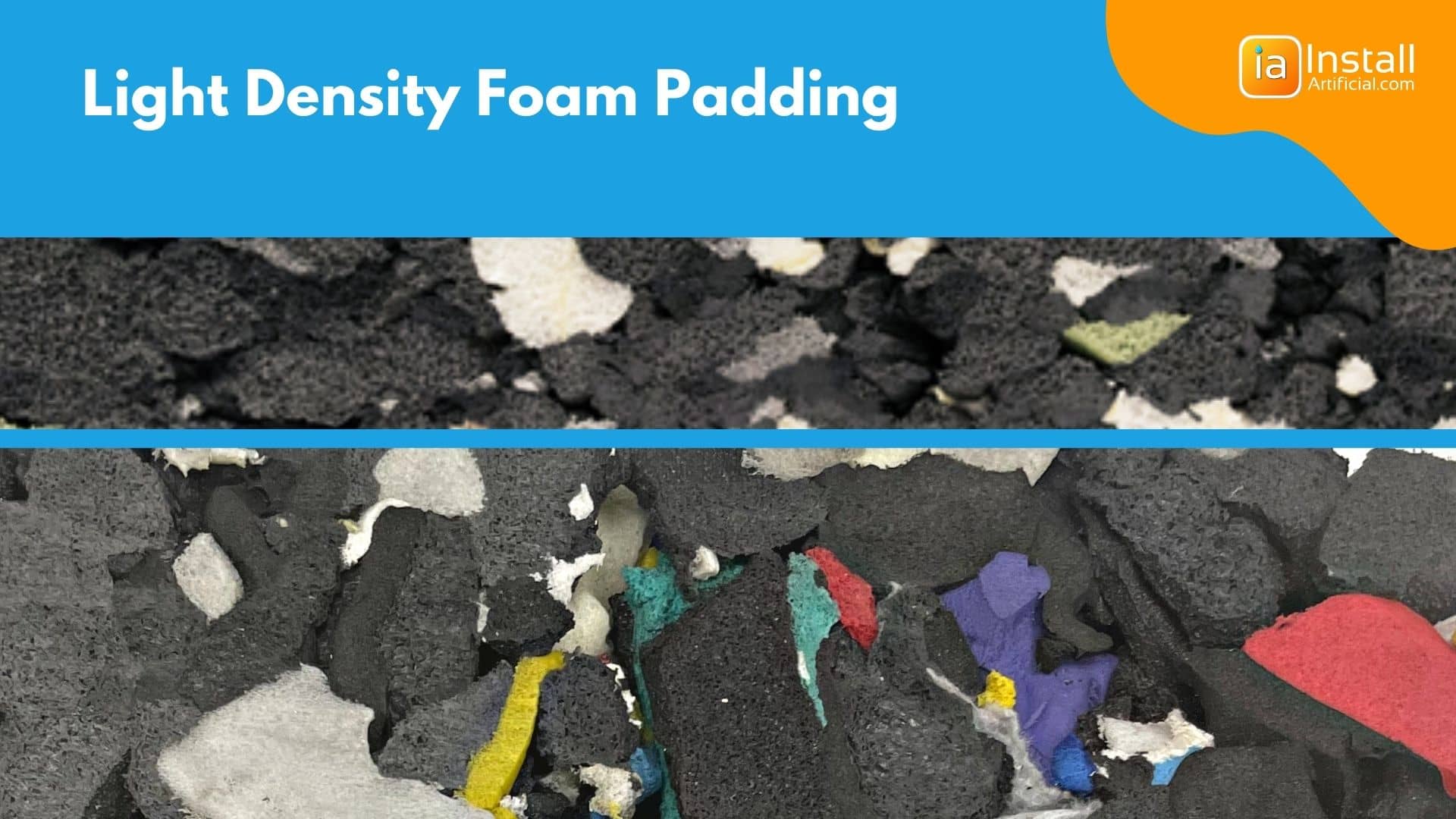
Whether you're laying artificial turf in a batting cage, gym, sports field, or outdoor area we'd always recommend opting for an underlayment pad for added protection. While some are DIY-friendly, others can be very complex and require professional guidance. Still unsure what will work best in your space? Speak with a professional installer below!
An underlayment pad for sports turf acts as a protective barrier beneath artificial grass installations, specifically in sports fields. This essential layer provides athletes with exceptional shock absorption, impact resistance, and enhanced comfort during play. Additionally, it contributes to the creation of a stable and level surface, ensuring a safe and enjoyable experience for all.
Underlayment pads for sports turf offer a plethora of advantages, making them a crucial addition to any installation:
1. Optimal Shock Absorption: These pads effectively minimize the impact on athletes' joints and muscles, providing essential protection against injuries.
2. Consistent Playing Surface: By offering stability and preventing the formation of dips or irregularities, underlayment pads ensure a smooth and even playing field.
3. Enhanced Durability: The underlayment layer reduces stress on the turf fibers during play, ultimately extending the lifespan of the artificial grass.
4. Improved Performance: With superior shock absorption and uniformity, underlayment pads contribute to enhanced athletic performance, allowing athletes to push their limits.
5. Superior Drainage: Certain underlayment pads are specifically designed to improve drainage, preventing water accumulation and promoting a consistently dry playing surface.
Embracing the benefits of underlayment pads is a wise choice for any sports turf installation, providing athletes with the support and safety they need to excel.
To ensure you choose the perfect underlayment pad for your sports turf installation, it's essential to consider various factors, including the type of sport, the anticipated level of impact, and the specific requirements of your field. For expert guidance, consult with a professional sports turf installer who can assist you in determining the ideal type and thickness of underlayment pad tailored to your specific needs.
Absolutely! Sports turf padding plays a vital role in elevating the safety standards of sports turf fields. With its exceptional shock absorption and impact resistance capabilities, it effectively minimizes the risk of injuries to athletes during intense gameplay. By prioritizing the well-being of athletes, sports turf padding ensures a secure and protected environment for them to showcase their skills and excel in their respective sports.
Once the base preparation is complete, the installation process of underlayment pads begins with careful positioning and secure fastening. This approach guarantees that the pads offer optimal coverage and alignment, resulting in a flawless installation. With the underlayment pads in place, the next step involves laying the artificial grass over them, creating a level surface perfect for engaging in various sports activities.
Yes, underlayment pads are versatile and can be used in both outdoor and indoor sports turf installations, offering advantages such as superior shock absorption and stability in a variety of environments. They play a big role in enhancing safety and providing athletes with the support they need to excel in their respective sports.
Underlayment pads offer the added benefit of simplifying maintenance by preventing uneven wear and minimizing the need for frequent re-leveling of the playing surface. In addition, certain pads are specifically designed to improve drainage, keeping the field dry and minimizing the risk of water-related problems. This not only enhances the overall safety of the sports turf but also reduces the time and effort required for maintenance, allowing athletes to focus on their performance.
The eco-friendliness of underlayment pads is directly related to the materials utilized. Certain underlayment pads are crafted from recycled rubber or other sustainable materials, making them a more environmentally conscious option.

When it comes to creating a top-notch gym, choosing the right flooring is crucial. With so many sports turf options available, it can be overwhelming to decide. Avoid...
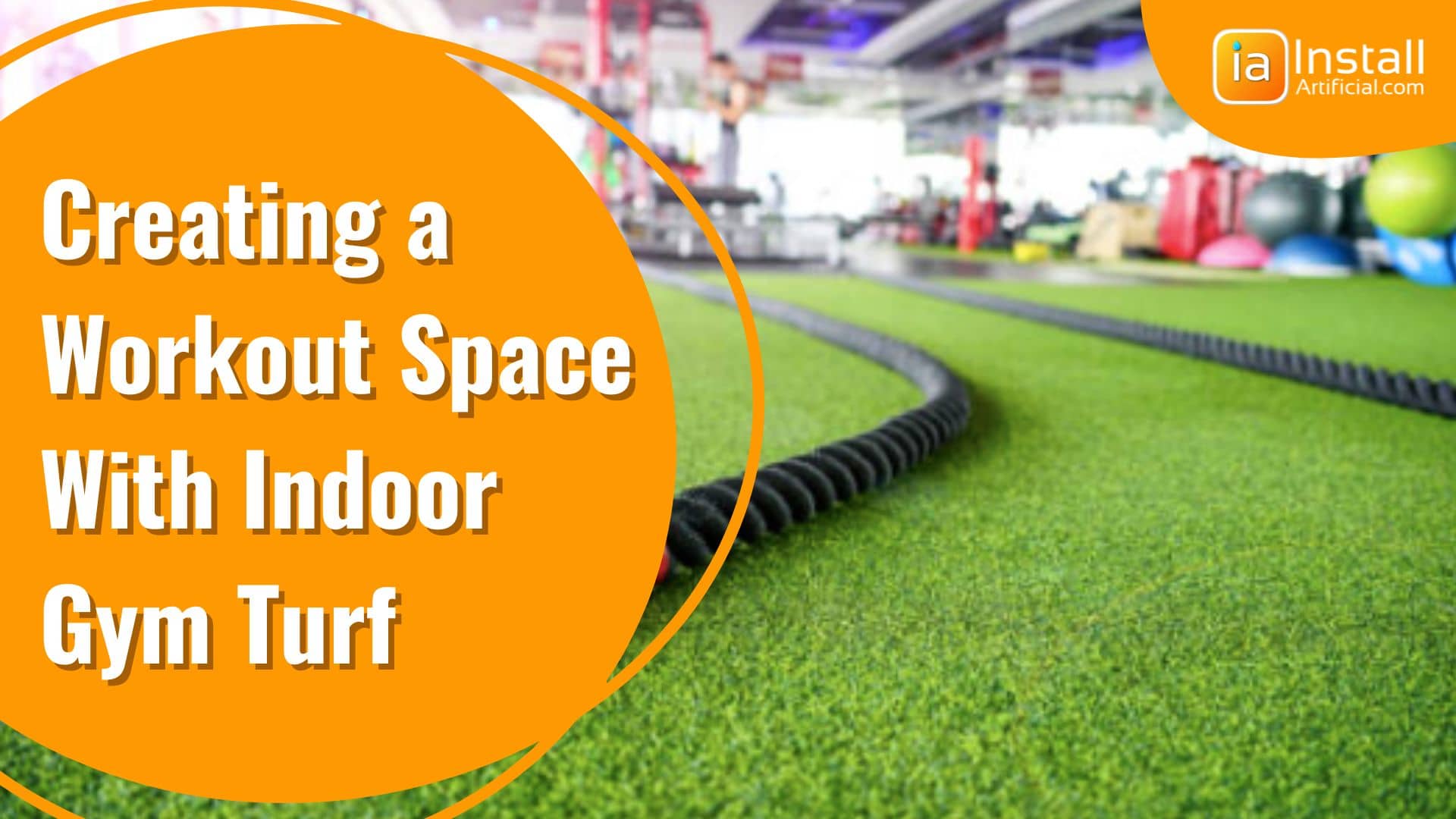
In the past decade, indoor gym turf has become a popular and beneficial choice among professional and collegiate sports teams. This natural grass alternative is not only...